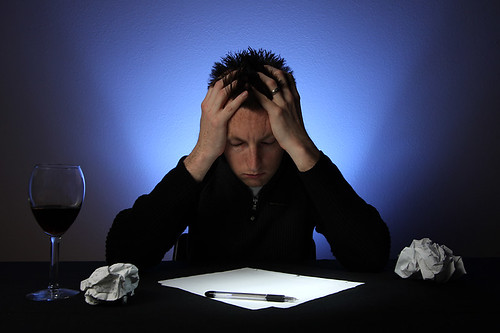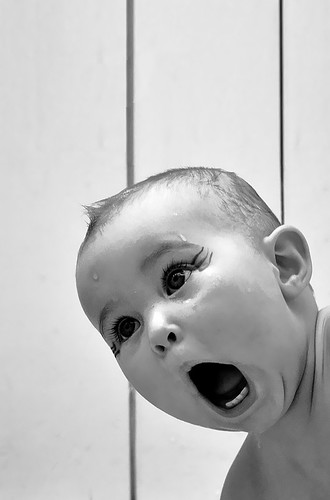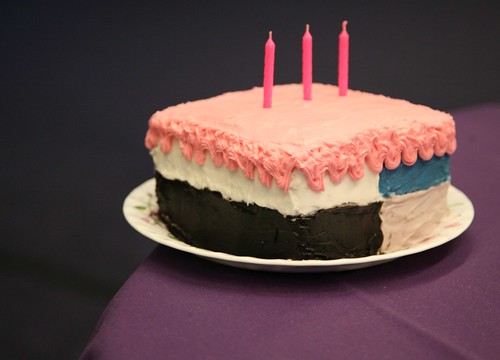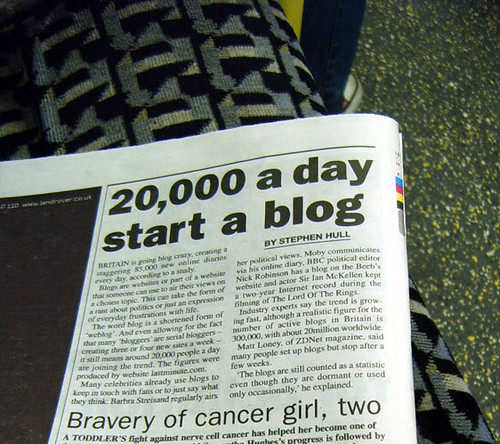 Picture by glenn.mcknight taken from flickr.com
Picture by glenn.mcknight taken from flickr.com
"Be careful of your data" sounds as much as a stupid expression as it is so logic!! If you usually surf on the Net it isn't! The reason is that any person on the Net is potentially able to copy some pieces of information (yours) and use them without asking for. And you won't never know when, why and where they have been stolen.
Many people usually think "It won't never happen to me". What a shallowness!
Let's think on a financial point of view: have you ever bought using Ebay, Amazon, on others? Have you ever used Paypal?
And now on a personal one: do you have a blog, a website, a personal page? What do you usually write about youself (thoughts, opinions, simply about your life )?
If you try to answer carefully to these questions and your answers are often "Yes", well, your personal data are in danger! When you join in a website you give many of your personal data (full name, address, telephone number, and in case of ecommerce websites your credit card number, too). It's not easy to decide whether the site you're joining in is a safe one, but there are many clues if you want to feel 'serene':
1. keep your wits about you at all times (operate with caution and appropriate scepticism);
2. question why a Web site is asking for information about you;
3. never give any online security details to anyone unless it is completely necessary;
4. Look after your password (change your passwords regularly, avoid standard passwords and do not use the same password for every secure site you are registered with);
5. never click on links in emails;
6. keep up-to-date (keep your security software, such as anti-virus, up-to-date at all times);
7. remove the spies (check all files on your computer at least once a week using anti-spyware and adware applications);
8. keep your connection secure;
9. if it seems too good to be true, it probably is (don’t open emails or go to sites that claim you have won a prize. If an email looks suspicious and is unsolicited delete it and don’t open it);
10. know where to go for help should you be a victim of online identity theft (there are wide range of organisations and groups that people can turn to for advice). (Nik, 2006b) (1)
Moreover, I thought about my webpage. As I often post pictures of my nail works or my personal pictures, I decides to protect from 'copying and pasting' them anywhere, by writing my name or my website's URL on them (generally in the middle). If on one side I can solve the problem of stolen pictures, on the other side I cannot avoid information theft. Anyone can actually copy and paste my personal data (taken them from the profile). As this problem has not been solved yet, I cannot think that Internet has to be closed or something like that. The problem is not the existence of Internet, the real problem is how people use it. I think information about pros and cons is a good solution, but an important change has to be made on people's minds!
And you? What do you think?
Have a nice evening,
Martina
 this is my map about PLE
this is my map about PLE








